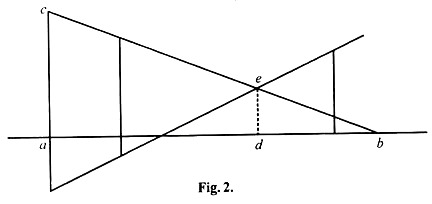In this article we will discuss about Gossen’s first and second law of human enjoyment.
Gossen’s First Law:
It states that “The amount of one and the same enjoyment diminishes continuously as we proceed with that enjoyment without interruption, until satisfaction is reached”. In modern times, this law is known as the Law of Diminishing Marginal Utility’. In other words, the law tells that the marginal utility of a good for a person diminishes with every increase in the stock that he already has.
Gossen’s Second Law:
The second law tells that each man will spend his money on different commodities in such a way that the amounts of all enjoyments are equal. Thus Gossen explained that maximum enjoyment will result from a uniform level of satisfaction. In modern terms, Gossen’s second law is known as the Law of Equimarginal Utility.
Gossen’s views on value are based on the above two laws. According to him value was a relative term. It depended upon the relation between the object and the subject. With an increase in quantity, the value of each added unit decreases until it becomes zero.
ADVERTISEMENTS:
On this basis he classified goods possessing value into three classes:
(1) Those which have all the properties for yielding satisfaction, i.e., consumer goods.
(2) Goods of the second class comprise those in which the properties for complete enjoyment is lacking, e.g., pipes. In other words they are required in the production of other goods.
(3) Finally comes the production goods. These goods are required in the production.
ADVERTISEMENTS:
With regard to cost, Gossen stated that different goods required different amount of exertion for their production. So the value or the cost of the commodity is determined by the degree of exertion spent for the production of the commodity. This was made clear with a diagrammatic illustration. (Fig. 2.).
The value reaches a maximum when the quantity ‘ab’ is produced, i.e., when the production is carried on so long that difficulty and value are equal. It follows that in order to obtain maximum satisfaction men have to divide their time and energy spent on procuring different satisfactions, so that the last unit of satisfaction is equal to the amount of difficulty caused on getting that commodity.
